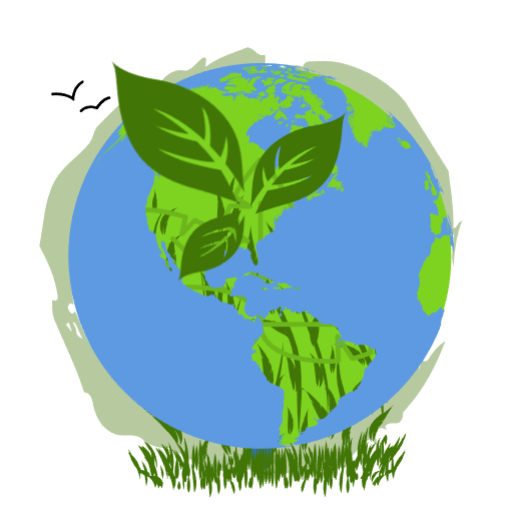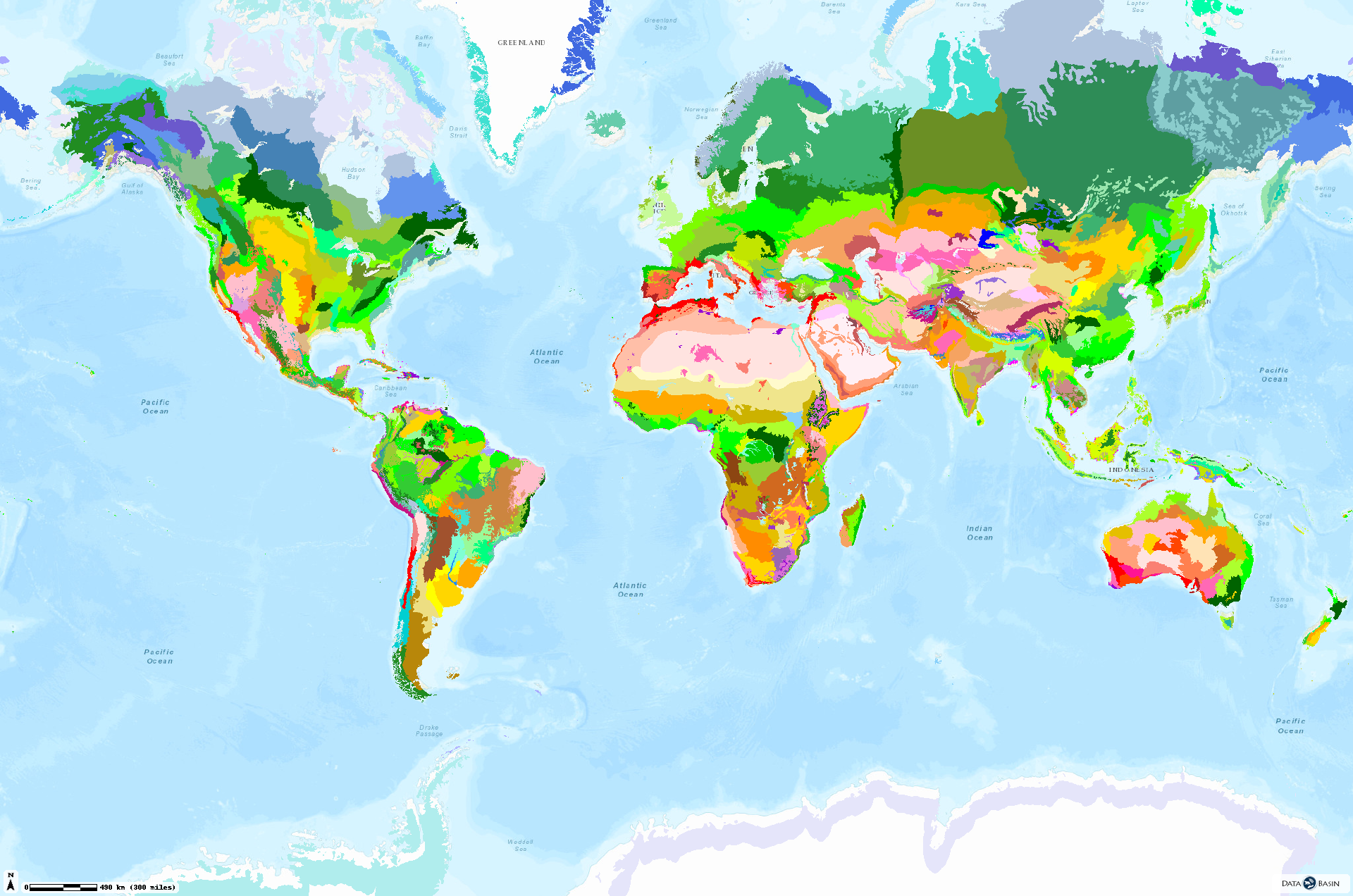Scytaster is a type of snail, commonly found in freshwater environments. It is characterized by its hard shell, which protects it from predators and provides an insulating layer for its internal organs. Its shell is typically made up of multiple layers, with the outermost covering being the most durable and resistant to damage.
Genycharax is a type of small, spiky, and often brown-to-black fungus that is commonly found in damp environments, particularly on trees or other plants. It has a distinctive appearance due to its elongated, branching branches, which are covered with white or yellowish-brown scales. Genycharax is known for its ability to spread rapidly through the soil and can cause extensive damage to plant roots and foliage.
Aarhusvirus is a type of virus that causes meningitis, a severe infection of the brain and spinal cord. It can be transmitted through contact with infected individuals or contaminated surfaces. Symptoms may include fever, headache, neck stiffness, and confusion. In some cases, it can lead to permanent damage to the brain.
Aclodes is a type of bacterium that causes respiratory infections in humans and animals, primarily affecting chickens, rabbits, and guinea pigs. They are commonly found in soil, water, and air, where they colonize and infect the lungs, causing inflammation and damage to the lung tissue. Aclodes can be transmitted through contaminated water or food sources.
Amber-spot is a type of plant bug that feeds on bark, leaves, and stems of certain trees, such as oak or maple. These bugs are known for their ability to attack and damage these plants, leading to the formation of small black spots or "amber spots" on their surfaces.
A genus of bacteria that is characterized by its ability to grow on a variety of substrates, including cellulose and lignin, and it produces a type of acid called arthric acid that can cause damage to plant cells.
Pitted skin is a type of skin lesion where the surface or top layer of the skin has been damaged, making it harder for the skin to heal and regenerate. This can occur due to various factors such as trauma, infection, or certain medical conditions like psoriasis.
The term "natronospira" refers to a type of fungus that is known for its ability to form a protective layer around its host, typically on plant roots or other tissues. This protective layer is called a "nitrathionoside" and it helps protect the fungal spore from damage by inhibiting enzymes involved in the breakdown of nitrates found in soil.
Sepsis is a medical condition characterized by inflammation, often caused by an infection or injury, that can lead to severe tissue damage and organ failure in humans. It occurs when the body's immune system becomes too aggressive, leading to excessive inflammation and destruction of healthy tissues. This inflammation is often accompanied by fever, redness, swelling, and pain in affected parts of the body.
Pseudohemiculter is a type of pseudohypoplastic, or hypoxic, condition in which the brain does not receive enough oxygen due to lack of blood flow to it. It can be caused by several factors such as low oxygen levels, altered blood flow patterns, or damage to the brain stem.
Teschovirus is a type of virus that infects cells in the body, specifically causing inflammation and tissue damage. It can be transmitted through respiratory droplets or saliva from an infected person's mouth. The virus has been linked to several diseases such as measles, mumps, rubella, and diphtheria.
Kisquinquevirus is a virus that infects and causes damage to the cells in a human or animal's body, leading to various diseases such as meningitis, hepatitis, and encephalitis. It belongs to the family of viruses known as retroviruses, which include the human immunodeficiency virus (HIV), hepatitis C virus, and hepatitis B virus.
Stenosmia is a condition where individuals experience difficulty in recognizing certain smells, often associated with illness or other medical conditions. It can be caused by various factors such as genetic predisposition, brain damage, neurological disorders, or even environmental exposures. Symptoms may include excessive nosebleeds, persistent nasal congestion, and increased sensitivity to certain scents. This condition is not generally considered a disorder but rather an expression of the body's response to exposure to harmful substances in the environment.
Cyanophore is a type of parasitic infection, typically caused by a parasite that infects the skin or mucous membranes and causes inflammation and damage. It's characterized by the presence of tiny green or blue-green organisms called cyanophores in the body, which can cause redness, swelling, itching, and sometimes pain. The term "cyanophage" is often used to describe this type of infection.
Hemiplegia is a condition where there are two legs, but only one leg functioned normally (hemisphincter). This typically occurs in children who have undergone surgery or treatment for an unrelated medical issue. Hemiplegia can be caused by spinal cord injuries, brain damage, or other conditions that affect the nervous system.
Annulonemertes is a term in medicine used to describe the condition where an organ or structure fails to function properly, often due to damage or infection. This can lead to symptoms such as pain, swelling, or even death if not treated promptly.
Ageratinicola is a type of bacteria that can produce a chemical called "aeroglobin." This compound helps in oxygen transport and also acts as an antioxidant, protecting cells from damage caused by free radicals. The term describes a bacterium with these characteristics.
Ripabrug is a type of bacteria that primarily causes respiratory infections, particularly pneumonia in children. It is characterized by its ability to cause inflammation and damage to lung tissue, leading to symptoms such as coughing, wheezing, and chest pain.
Calpodes is a type of cell membrane found in most eukaryotic cells, primarily found in animal cells and some plant cells. These calpodes are composed of two layers of specialized cells that are similar to the plasma membrane but have different functions. The primary function of these calpodes is to protect the contents within them from external influences such as toxins or other substances that might damage the cell.
Nocardiopsis is a type of bacterium that primarily lives on or in the lining of the lungs, specifically in the interstitial lung spaces (ILS). These bacteria are known for their ability to colonize and grow within these areas. They can also be found in the bloodstream and organs such as the liver and kidneys, where they may cause inflammation and damage.
Tachinid Woodworm is a type of woodwasp that feeds on pine trees and can cause significant damage to their bark, making it difficult for humans to walk or drive over the trees.
A typhoon is a large, powerful cyclone with winds exceeding 75 mph (121 km/h), usually occurring in the Pacific Ocean or Indian Ocean and causing significant damage and loss of life worldwide.
The term "Seejivirus" is a type of virus that typically infects the eyes, causing inflammation and damage to the retina.
Pannus is a term used in the field of medicine to describe a condition where a person's brain is damaged or affected, which can lead to difficulties such as difficulty speaking and understanding speech, loss of balance, and poor coordination.
Striglina is a type of beetle that feeds on wood, often causing damage to trees in its habitat.

